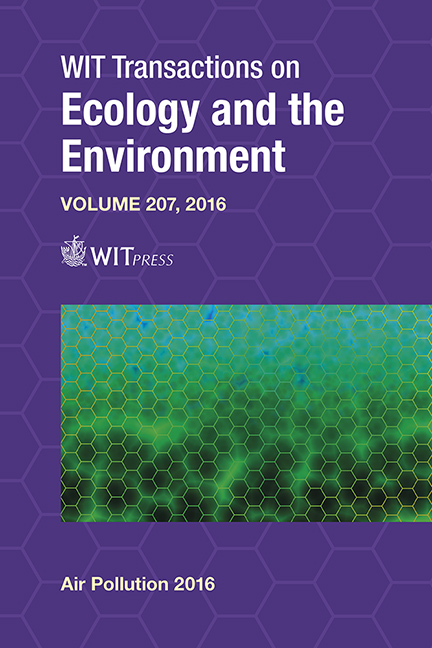Optimization Of Sensor Networks For The Estimation Of Atmospheric Pollutants Sources
Price
Free (open access)
Transaction
Volume
207
Pages
11
Page Range
11 - 21
Published
2016
Size
621 kb
Paper DOI
10.2495/AIR160021
Copyright
WIT Press
Author(s)
H. Kouichi, G. Turbelin, P. Ngae, A. A. Feiz, E. Barbosa, A. Chpoun
Abstract
This study describes a process to design a sensor network. This network could include: wireless mobile sensors deployed by first responders in hazardous material operations, stationary sensors used to protect an area against accidental, or intentional, contaminations or stationary air quality monitoring stations. The objective of the network is the estimation (localization – quantification) of releases sources. The design of such a network has an important issue in determining the optimal placement of sensors. This paper presents the first application of the renormalized data assimilation method to address this issue. It is associated with a classical optimization algorithm (simulate annealing) to solve the combinatory optimization problem consisting of finding the optimal configuration of m sensors among a set of n potential positions. Three scenarios, corresponding with three different cost functions, are proposed. The first one consists of optimizing the design of a network deployed in emergency situations. Experimental data from a wind tunnel experiment are used. The objective is to characterize the source to minimize error in measurement forecasts. The second one is to optimize the design of the same network but in a situation where the source can be anywhere in the domain. To that end, an entropic criterion is used. The last one consists of optimizing the design of a stationary network. The objective is to characterize the source with varying meteorological conditions (experimental meteorological data are used).
Keywords
network optimization, source characterization, renormalized data assimilation





